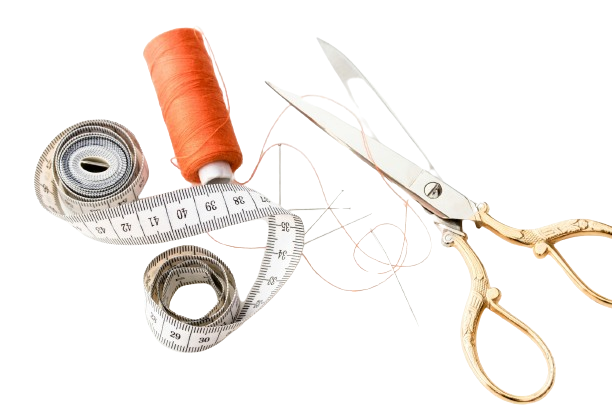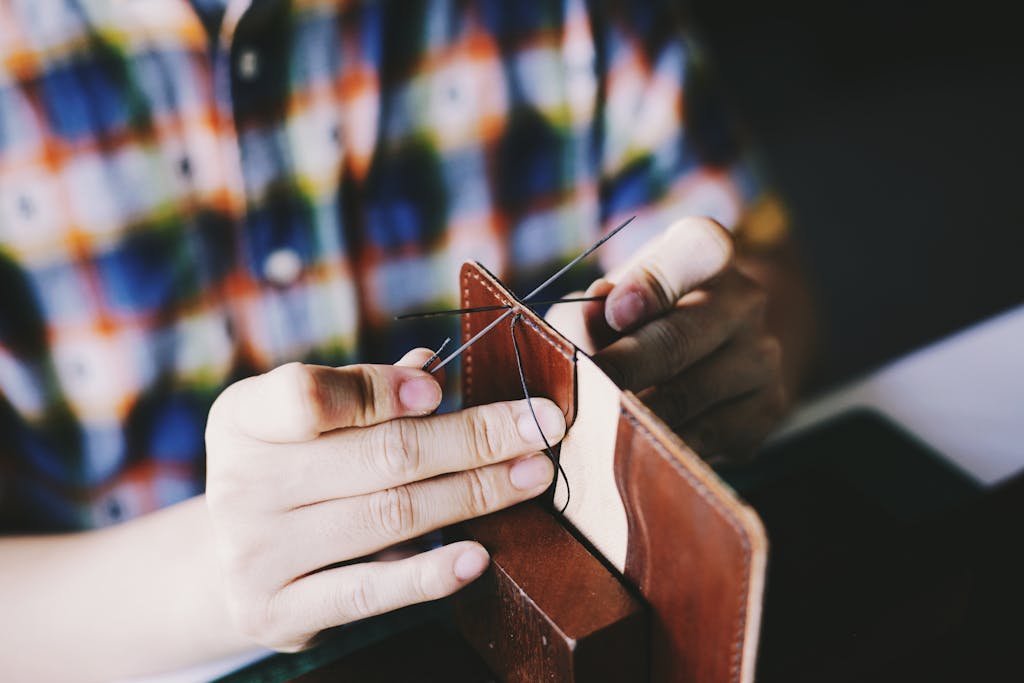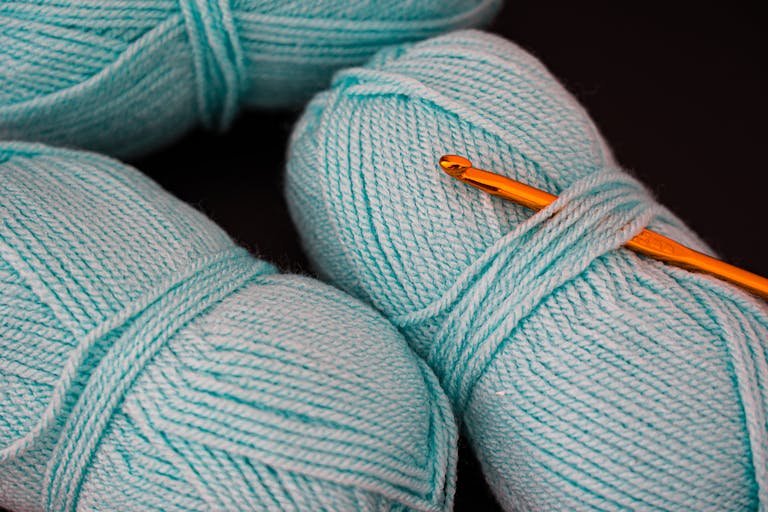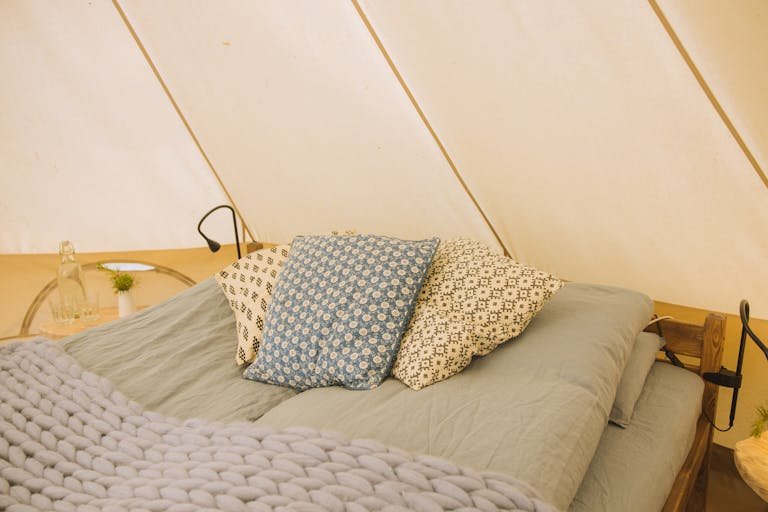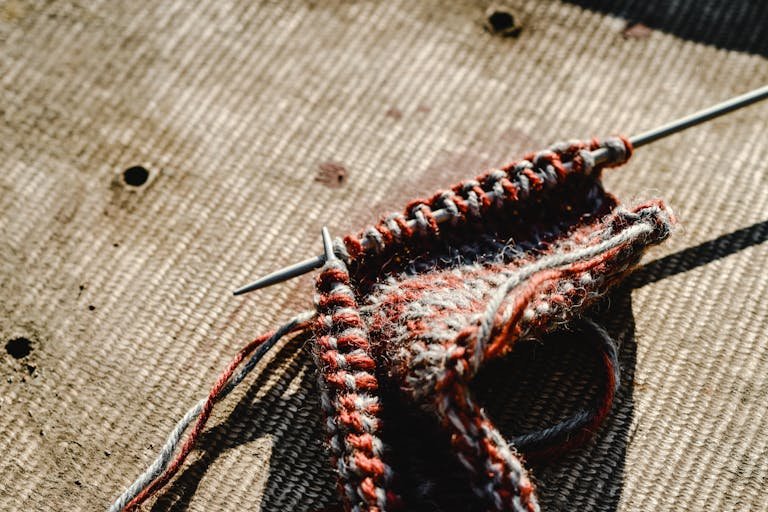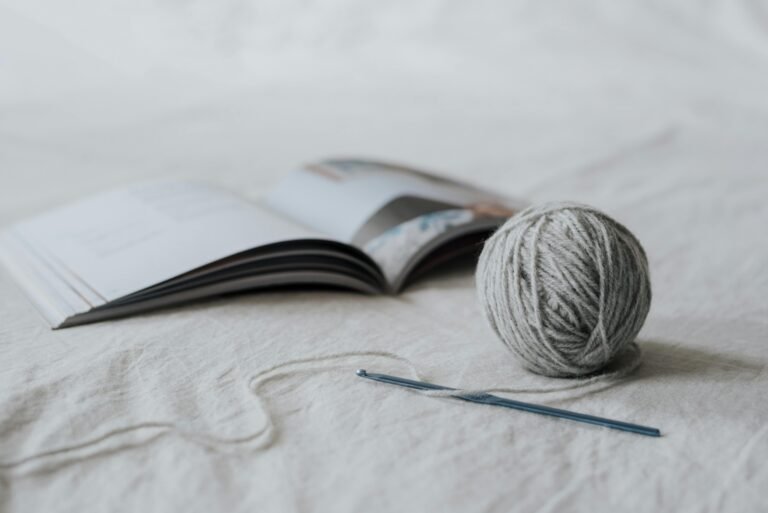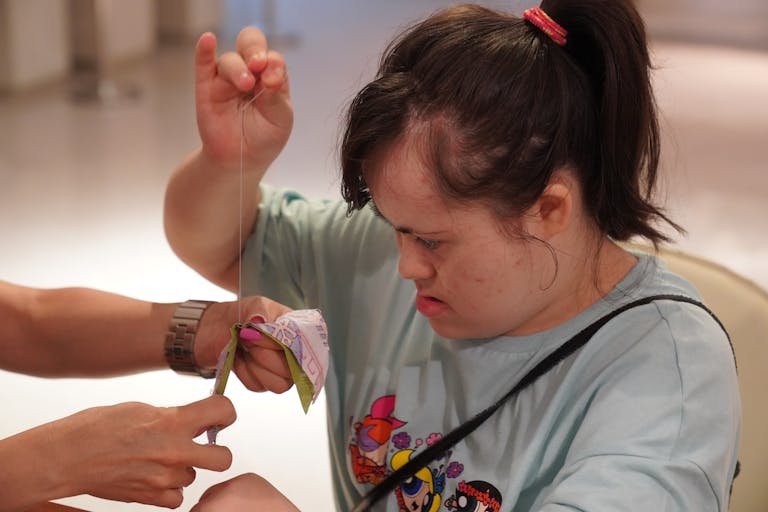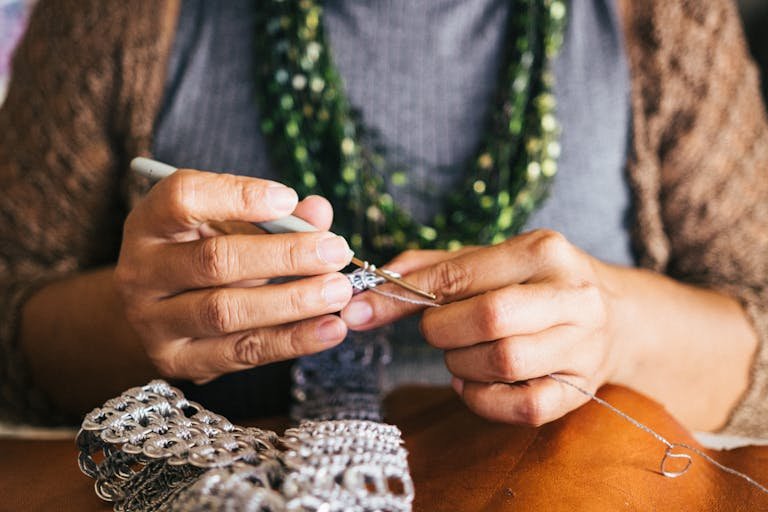Basting Basics: Sew Easier, Faster
The basting stitch, in essence, stands for a temporary stitch to make the fabric pieces stick together. It is responsible for the major part of sewing task; It is allowing you to know how garment will fit or to keep all the layers of fabric together before sewing. These miniscule little threads are more than just the modest, unsung helpers in the sewing world; they are what holds it all together. This article will explore the What is a Basting Stitch?, why are they so important, and how you can do them like a whiz to make your sewing projects as easy as butter melting in a hot pan.
What is a Basting Stitch?
A basting stitch is a temporary and long-lived stitch which is used to hold 2 pieces of a fabric together. Sometimes called tacking, these pins help you to figure out the right fit and the way problematic fabrics behave and further lay the groundwork for the final and permanent sewing. Think of basting stitches as the scaffolding of a building—they support and hold everything in place until the final touches are added.
Types of Basting Stitches
Not all basting stitches are created equal. There are several types, each suited to different tasks:
Even Basting Stitch (Running Stitch)
This is the most common type of basting stitch. It’s a straight stitch with even lengths between each stitch and space, usually around ¼ inch. It’s versatile and great for general-purpose basting, like checking the fit of a garment. I wear it all the time – it’s just so easy to throw on if I haven’t got my act together.
Uneven Basting Stitch (Slip Stitch)
The back side of the weft is pressed into the cloth with a short stitch and a long stitch is formed on the front. It’s normally employed to join linings to garments, but it can also be used to draft drafting lines. It does this is because of its unevenness and it is not too noticeable as it will hold the fabric layers secured tightly.
Diagonal Basting Stitch (Tailor’s Basting)
Diagonal stitches with their sole purpose of lying flat, this kind of stitch is applied to apparel making often to hold either interfacing or padding in the place. This keeps them lying flat during the production process, while concealing their entirety. In fact, it’s the professional’s magic tool for achieving a perfect garment.
Reasons to Use Basting Stitches
Here are some compelling reasons to Use Basting Stitches.
Checking Fit
Before you commit to sewing a permanent seam, rather than doing it permanently, but especially for complex parts of the body, such as sleeves or collars, you have to assemble the parts together temporarily. This way, you can try on the garment and ensure it fits correctly, making any necessary adjustments before finalizing the seam. It’s like taking a test drive before buying a car.
Holding Slippery Fabrics
If you’ve ever worked with fabrics like silk or satin, you know they can be a nightmare to sew. These mulch-slippery things tend to be so and slides. Basting stitches are used to keep them above for the final stretch to ensure that everything is smooth and even. It‘s like having extra hands to make things go all smoothly.
Replacing Pins
Pins are other times inconvenient, particularly when they are used on large spheres or when dealing with a lot of layers. Basting stitches can be a much better option than pins during sewing to make the whole process much more pleasant instead of irritating. They keep things aligned and do not allow shifting which is quite an important factor for getting everything smooth.
Creating Gathers or Easing
Basting stitch is good for gathers or for putting a piece of fabric in the right place when the fabric is too big for its intended spot. Now think of them as the magical wand used in the creation of ruffles and the fitting of a sleeve into and arm hole. They help spread the fabric evenly across the surface, which results in a good finish for the job.
Methods of Thread Basting
Hand Basting
Hand basting is a manual technique that allows for precise control over your stitches. It’s especially useful for delicate fabrics or complex seams that require careful handling.
Materials Needed for Hand Basting
Before you start hand basting, gather the following materials:
- Needle: Choose a needle appropriate for your fabric.
- Thread: Use a contrasting color for better visibility.
- Scissors: For cutting the thread.
- Fabrics: The pieces you need to join.
- Pins (Optional): To secure fabrics, especially if they’re slippery or bulky.
Steps for Hand Basting
Threading the Needle
Start by cutting a length of thread about 18 inches long. Thread the needle and tie a small knot at the end. This prevents the thread from slipping through the fabric as you sew.
Preparing the Fabric
If you’re working with slippery or bulky fabrics, pin them together along the seam line. This ensures they stay aligned while you sew. Place pins every few inches for stability.
Starting the Stitch
Begin your basting stitch near the seam allowance. Insert the needle down through one layer of fabric, leaving a tail of thread about ½ inch on the backside.
Creating the Running Stitch
Bring the needle up through the other layer of fabric, about ¼ inch to ½ inch away from where you inserted it. This forms your first stitch. Repeat this process, taking another stitch of similar length and pushing the needle back down through the first layer of fabric.
Continuous Basting
Continue sewing these running stitches, alternating between going up through one layer and down through the other. Maintain a consistent stitch length of ¼ inch to ½ inch.
Finishing the Stitch
When you reach the end of the seam line, bring the needle up through the second layer of fabric and leave a tail of thread about ½ inch on the backside. Tie a small knot with the two tails of thread to secure the basting stitches.
Machine Basting
Machine basting, on the other hand, is a quicker method using your sewing machine. This technique is great for larger projects where speed and efficiency are key.
Materials Needed
Before diving into the steps, gather the necessary materials:
- Sewing machine: Ensure it’s in good working condition.
- Thread: Use a contrasting color for better visibility.
- Fabric: The pieces you intend to join.
- Pins (optional): Helpful for securing fabrics, especially slippery or bulky ones.
Preparing Your Sewing Machine
Set the Stitch Length
The distinguishing feature of a basting stitch is its length. Unlike regular sewing stitches, which are short and tight, basting stitches are long and loose. Set your machine’s stitch length to between 4-6. This length allows for easy removal of stitches later.
Thread the Machine
Thread your machine with the chosen contrasting color. This visibility helps in identifying and removing basting stitches once they’ve served their purpose. Ensure the bobbin is full to avoid running out of thread midway through your project.
Pinning the Fabrics (Optional)
While optional, pinning the fabrics can be incredibly useful, especially for slippery fabrics or when dealing with bulky seams. Pin at regular intervals to hold the fabric layers together, aligning the edges neatly.
Positioning the Fabric
Place the fabrics right sides together, or follow the instructions of your sewing pattern. Align the raw edges along the seam allowance to ensure a straight and even seam.
Start Sewing
Position the fabric under the sewing machine presser foot, with the raw edges lined up at the edge of the foot. Begin sewing along the seam line, ensuring not to backstitch at the beginning or end. Backstitching can complicate the removal of basting stitches later.
Sewing the Seam
Continue sewing along the seam line with the long stitch length setting. Maintaining a straight line and even pressure is crucial for an even basting stitch. This will help in keeping the fabric layers together without shifting.
Finishing the Seam
When you reach the end of the seam line, stop sewing and lift the presser foot. Leave long tails of thread (about 6 inches) at both the beginning and end of the seam. These long tails make it easier to pull out the basting stitches when they are no longer needed.
Final Words
Basting stitches might seem simple, but they’re an invaluable tool in the sewing world. From temporary holds to helping you achieve the perfect fit, they make the sewing process smoother and more efficient. Whether you’re hand basting or using a machine, mastering this technique will undoubtedly enhance your sewing projects.
